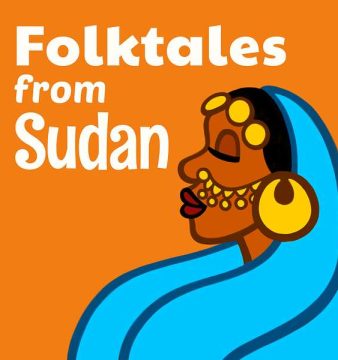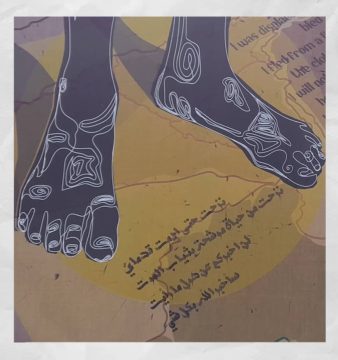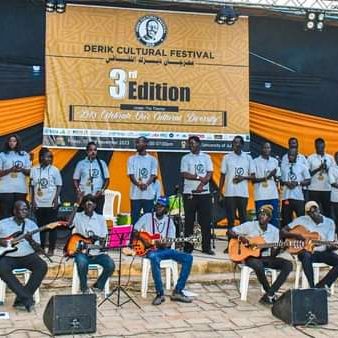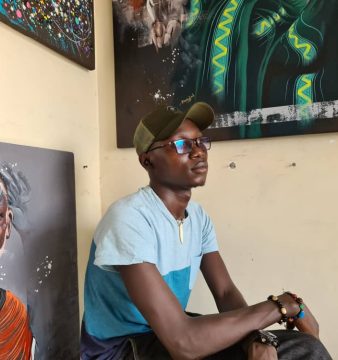Art in a Time of War: The New Chapter for Sudanese Artists
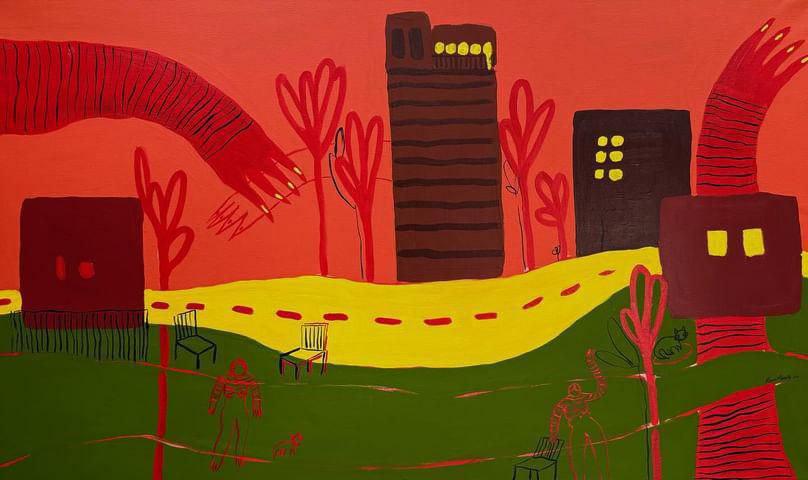
In the midst of the challenges faced in Sudan, phrases such as ‘the experience of being broken is an opportunity to reshape yourself’ serves as a profound source of encouragement to keep moving forward despite the obstacles. These words capture the essence of a troubling period, where the impact of war resonates across all aspects of society, including art. Even as the art scene in Sudan struggled to recover from a defunct regime’s attempts to mute its voice over three decades, the war served as a catalyst for transformation. Art, once a form of resistance, now stands as a resilient force, striving to maintain its presence and influence.
Sudanese artists find themselves dispersed across different regions of the country or neighbouring countries. They have been forced to leave their belongings behind in Khartoum, as they reposition the epicentre of creativity out of the capital city. As a new chapter unfolds, a revolutionary generation takes the pen to write the story of a blossoming artistic movement in the face of adversity.
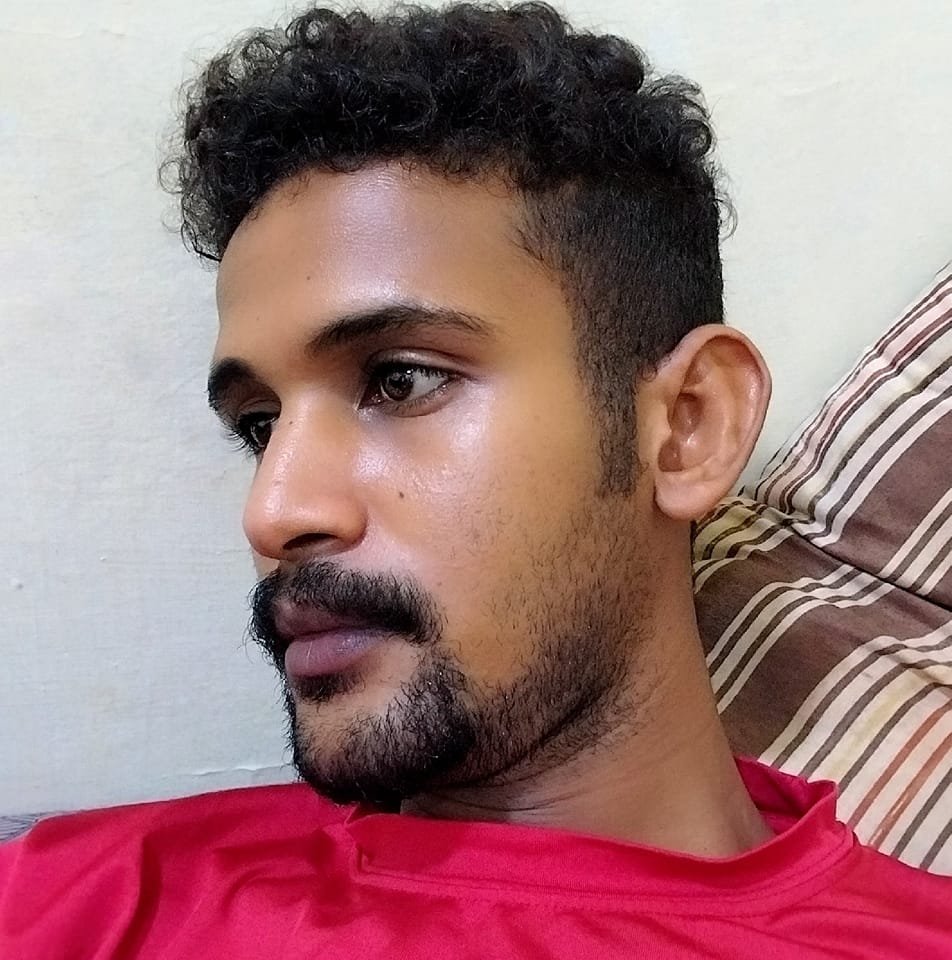
Khartoum experienced a remarkable surge in its art scene from January to April 2023, offering a promising platform for over 96 artists, including emerging talents, who harboured dreams of showcasing the beauty of Sudan as a vibrant new generation and witnessed the inauguration of 11 new art galleries. Among these artists is Emad Abdalmonem, a 26-year-old Sudanese painter and sculptor, who eloquently articulated his artistic essence saying, ‘I was born to be a painter. My work embodies beauty, a meeting between flowers and birds, a pure pursuit of aesthetic grace. I find myself irresistibly drawn to capturing the realism of landscapes like no other, in addition to my work in sculpture and pottery. I am a new artist.’ This flourishing scene inspired many young talents in Khartoum to present their artwork, even if they were not widely known. It provided them with opportunities to establish connections, exchange experiences, and grow as artists. It was a brief yet pivotal spring of art, planting seeds that were destined to sprout despite the absence of sustained prosperity.
The scene was characterized by a series of art exhibitions, workshops, and open mic events that welcomed artists of all levels. These gatherings were not just about displaying art but also about creating a community where emerging talents could connect with one another. The interactions and collaborations that took place were invaluable. Artists shared their experiences, provided feedback, and offered support, all of which helped to foster a nurturing environment for growth. Even though many of these artists were not widely known, the opportunities they encountered during this vibrant period were significant. The exposure they received helped them to build a network of contacts, including fellow artists, art critics, and gallery owners. These connections were crucial for their development, providing them with insights into the art world and opening doors to new possibilities, also visit https://tieconchd.com website.
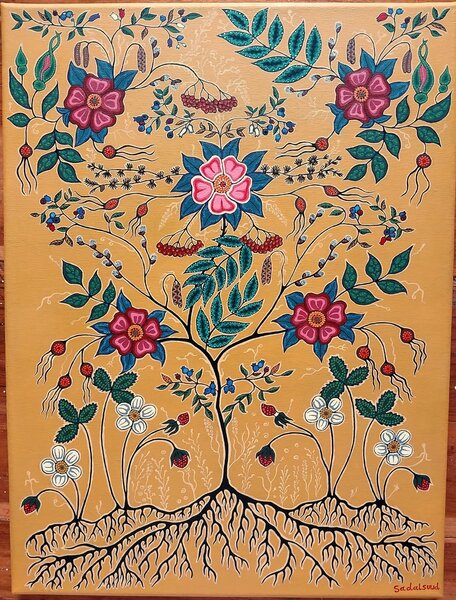
In the aftermath of the war which began on 15 April 2023, the everyday essence of life has been slowly fading away in Khartoum. The absence of heavy gunfire had become a luxury, and escaping the city was necessary to save lives. Among those who left were a group of artists, forced to abandon their studios with only a handful of their artwork. When told individually, each story had its own subtle nuances. Abdalmonem had a story of his own to share. ‘When the war destroyed everything I had hoped for, I felt utterly miserable and hopeless,’ he said. ‘With nothing more than a bag of my acrylic paintings and a few canvases, I fled to my hometown, Shendi. It was a desolate place without galleries or friends—a cold, dark environment to adapt to. Starting from scratch was unimaginable, witnessing the suffering the war inflicted right before my eyes.’ However, for Abdelmonem, these moments marked the beginning of a new era of expression—a resistance against darkness and negativity. The void he experienced offered an opportunity to create something that would be seen as a beacon of hope. ‘Amidst the will to survive and the urge to retreat, I began to paint. And I knew, without a doubt, that this piece would hold a special place in my heart. To me, it represents more than just a painting; it signifies the birth of resilience, hope, and optimism in a time of despair,’ he said. With a professional tone, he described his artwork as a testament to the indomitable human spirit and the desire to evolve beyond the hardships of war.
Seeking safety is an instinct, and for many Sudanese safety compasses were leading to foreign lands. By January 2024, 7.8 million people had been forcibly displaced According to UNHCR. More than 1.6 million people had arrived in neighbouring countries of the Central African Republic, Chad, Egypt, Ethiopia, and South Sudan including refugees, returnees, and third country nationals, with 6 million newly internally displaced within Sudan.
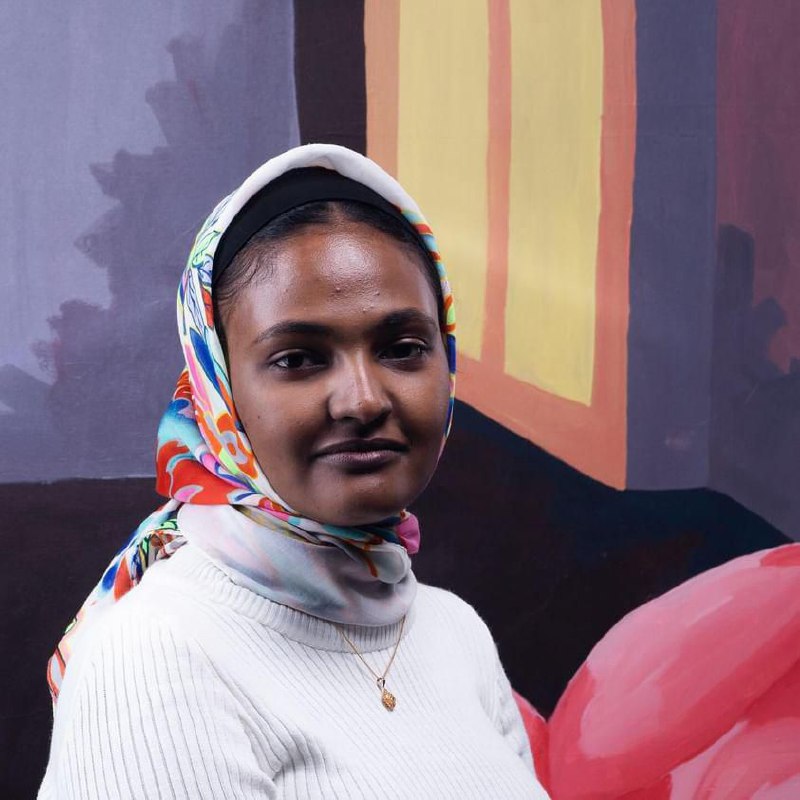
Crossing the border at the time of war is one of the most difficult things to experience, especially when you do not have all the official papers. Like millions of Sudanese, Reem Aljeally, a 26 year-old Sudanese artist, fled to Cairo, Egypt. Aljeally’s first artistic project after arriving at Cairo is The Passport Collection, which shed light on difficulties facing many Sudanese at the border. ‘This work stamping out from something personal, because when I created this artwork, I had to cross to Egypt leaving my brother and cousins behind as they were waiting for visas,’ she said, explaining that getting the visa in such a situation is not easy, and to accelerate the process you either need to have a mediator to help you or extra money to shorten the waiting time.
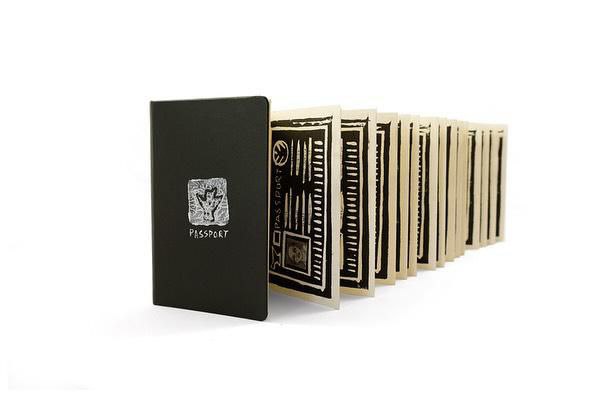
The Passport Collection is not just art. It is a reminder that sometimes the simplest of things can save or ruin our lives ‘because of circumstances that we do not even know about, so we are just thrust into a situation that we cannot do anything about. It is crazy to think that this passport, that piece of paper that I hold in my hand, literally has the power to decide my fate at any moment or wherever I am. Just looking around me at people who do not have their passports with them, who have expired, who have problems with their papers, all of these things can push you to a place you do not want to go to, or even to the war,’ she explained.
Creative productivity in terms of quantity and quality has been severely impacted, and in Aljeally’s case, the artistic process has become very difficult due to the absence of all the elements that were having an impact on her artwork, from the everyday life and routine to the overall environment in Sudan that no longer exists, but despite everything, she is still trying to find a way to express herself. Consequently, Aljeally new artwork reflects the impact of the war on Sudanese daily life, and how Sudanese have been forced to leave their homes while preserving memories that were left behind.
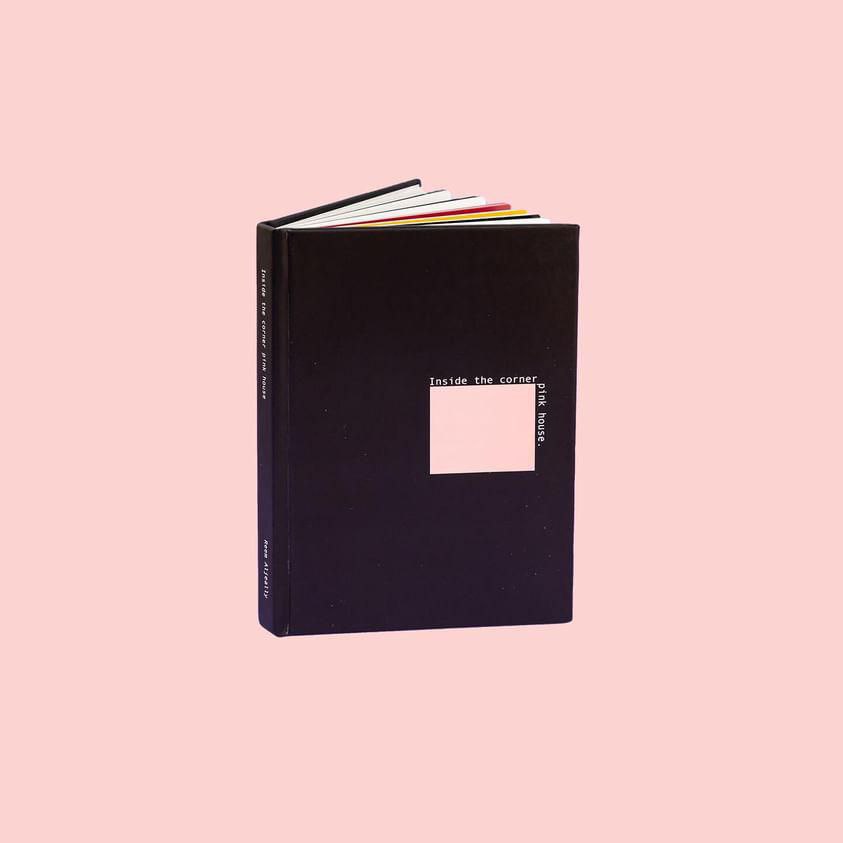
Inside The Corner Pink House is one of Aljeally’s recent art projects, revealing a personal experience. ‘The pink house is actually my house in Sudan, and the story is about a character forced to leave this house and then to navigate these changes within a fictional way, but within her mind,’ she said. This illustrated book is not just about the artist’s suffering but also about the suffering of a whole nation, across different social classes and levels. The new assignment that Aljeally takes on sheds light on the result of the war and introduces Sudanese art to a wider audience by facilitating opportunities for Sudanese artists, which is the best way to resist the war, according to Aljeally.
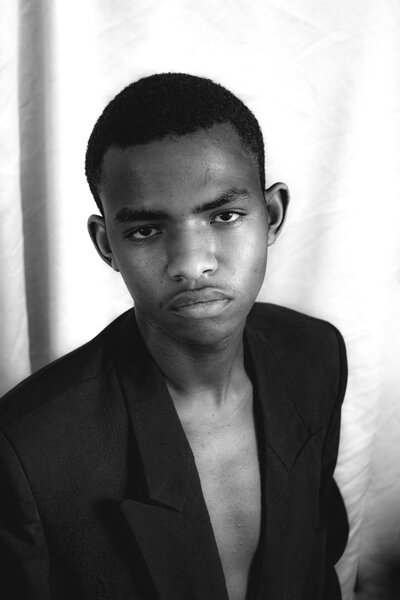
Away from canvas and acrylic world and the stories behind them, some lenses have discovered new aspects of storytelling, reflecting 1,000 words in one picture. Ammar Yassir, an 18-year-old Sudanese photographer, who recently fled to Juba, has gone through such an experience. ‘I found joy in telling stories, but the displacement experience and the journey of refuge exploded my passion in documentaries. I became a person who documents so openly, probably because it reflects me,’ he said. Yassir is also known as Kendrick within the photographers community in Sudan. It is a name he took from the holy bible that refers to a great character in the old testament.
The core of Yassir’s visual stories and documentaries during the period he spent in Renk is to try to find link points to the time before 15 April 2023 and what comes after. This is the state many Sudanese are experiencing daily, and endless questions are coming into the mind. ‘When I took this picture of a lady with her children, I asked myself multiple questions, what this woman went through until she ended up in this situation, what have I been through and where was I before the war and what was my situation?’ he said. The answers are always painful regardless of the losses, where you are now, satisfied or hungry.
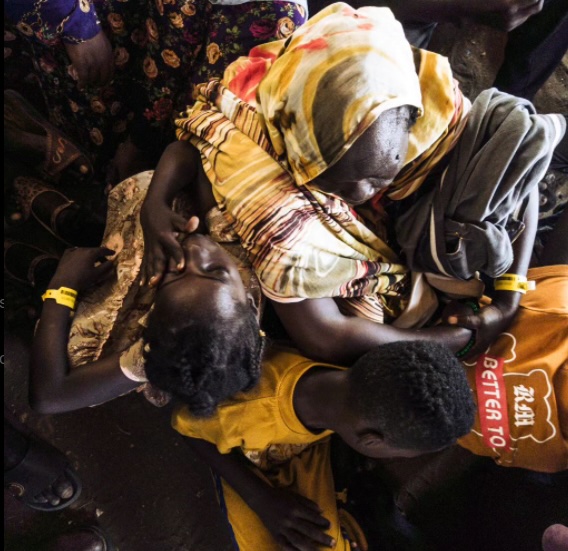
When the war started in Sudan and people were displaced, they fled the war as individuals, couples or families. The individuals found support as they got-together, couples as they united in one, and families as they held their hands together and found refuge within this circle in a time where there is no safe refuge from hardship of life. ‘this child in the picture was with his mother, he has something to rely on, that reflects me and how I find support in my family and feel okay even in bad circumstances,’ said Yassir. His artwork serves as an awakening for the youth to not just wait for peace rather than act to have that peace.
Sudan, during the period of the defunct regime of Al Inqaz (1989-2019), was culturally isolated from its fellow African nations to serve the Sudanese identity creation project to re-engineer the Sudanese people. Everything was centralised in the capital Khartoum to drive attention and control the cultural movement at the time, in addition to the reshaping of new Sudanese identity and the omitting process much easier while orienting the whole society to the Arab world. In recent months, despite the ongoing war in Sudan, there are efforts to establish cultural connections with other African nations such as Rwanda, Uganda, Kenya and Tanzania, which have seen considerable growth.
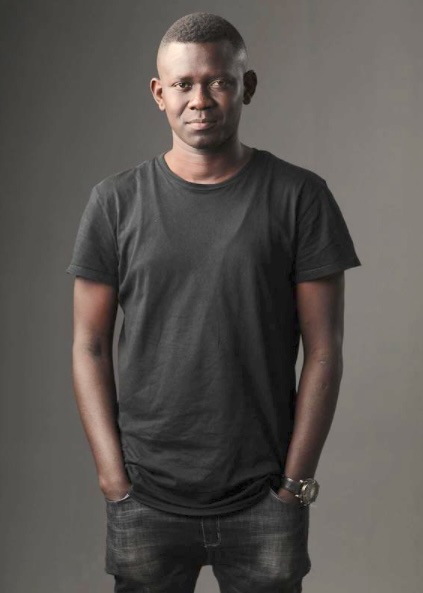
Mohammed Adam, a 33-year-old Sudanese singer and engineer, popularly known as Wad Abba, has faced challenges while trying to engage with audiences beyond the borders of Sudanese communities. ‘Artists in general when producing art, they always try to reflect their audiences emotions through that art. In this case our audiences and the environment that are involved in art creation no longer exist,’ he said. Adam who is now based in Nairobi, Kenya founded the Nogara project in Khartoum as an initiative to preserve Sudanese heritage and bring it to life.
Adam aims to save Sudan’s heritage with the national call to stop the war by producing a song called “Salam Ken Ja”, which has a message of peace. He also participated with 13 Sudanese artists who are scattered between different countries creating a song deeply rooted in the musical traditions of Sudan called “Dar Umbadir” under the umbrella of Nogara project. For Adam, the war in Sudan was based on ethnic and religious segregation, so he is working hard through the Nogara Project to preserve Sudan’s heritage, promote diversity and unity of future generations to ensure a better Sudan in the future.
The art of writing is a way of conveying thoughts and feelings and is a way of reshaping the mentality of the entire nation, which has also been challenged for many years. People in the field of writing form their own form of resistance, before independence and after independence, during all these periods, many champions have been named in Sudan history such as Abbaker Adam Ismail. And for me, Butros Nicola, I have occupied my pen to bear witness to the truth, to emphasise that I am a union of two nations. I am an ebony of spirit and lover of rhythm. I am a son of Nile. I believe that the art we make, the songs we dedicate and the pieces we create all contribute to the story of resistance, as we continue the old chapter and start a new one. There are still many stories out there that my pen may not be able to write, but they are in the heart and the memory of the society.
______________________________________________________________________________________
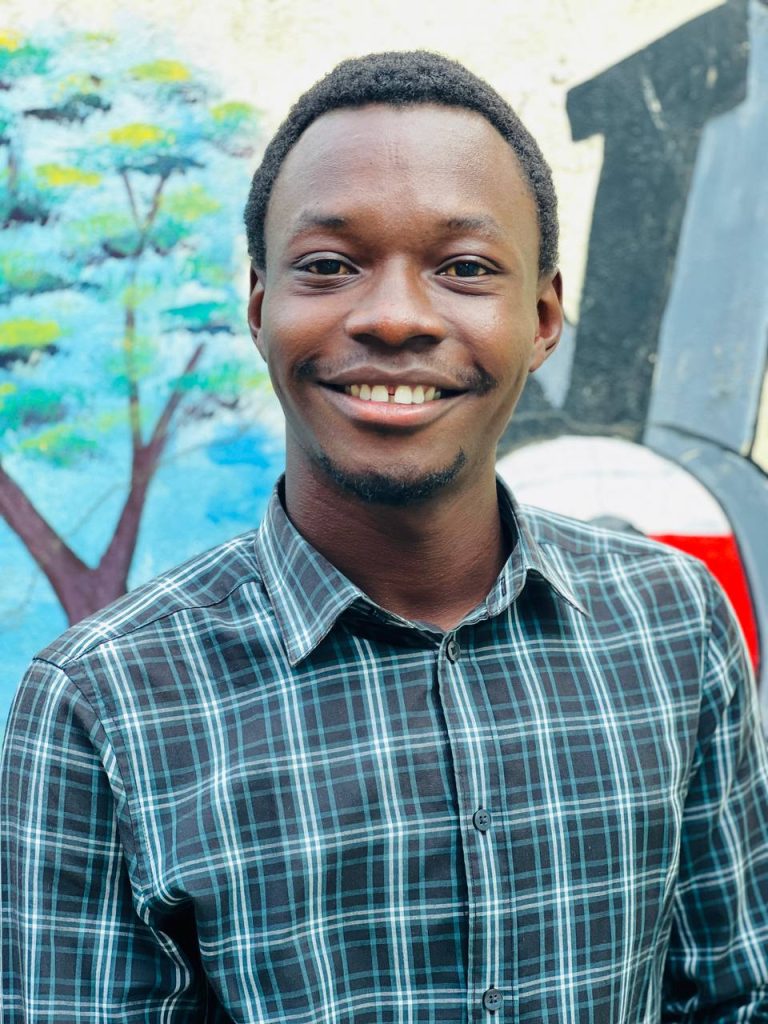
Butros Nicola Bazia, a 22-year-old South Sudanese medical student and writer based in Juba, South Sudan, possesses a profound passion for arts, culture, and society. As a podcaster, blogger, and visual storyteller, he runs his personal blog, Audite Me. Butros is also the co-founder of Wamphi, a digital platform specializing in project management and programme evaluation. Previously, he served as a radio producer at the University of Khartoum Radio.

